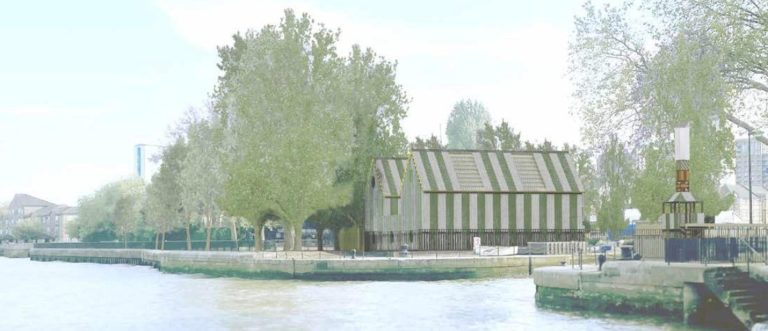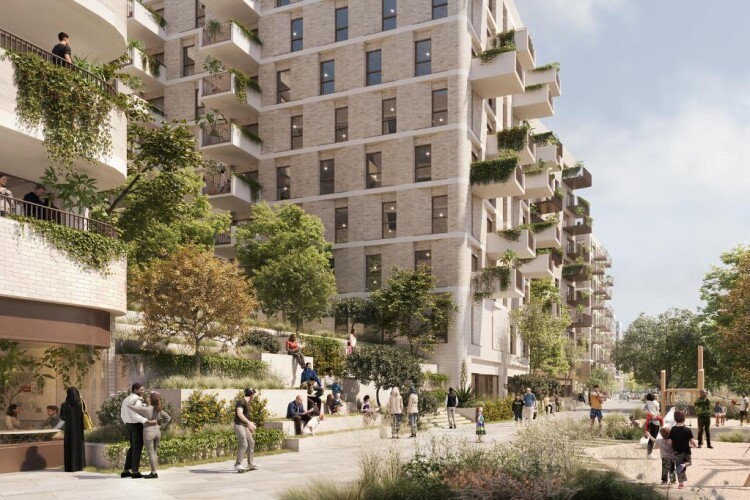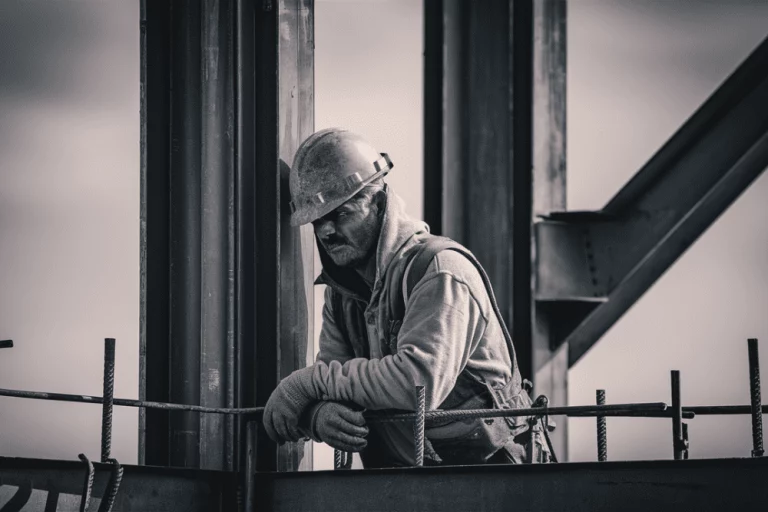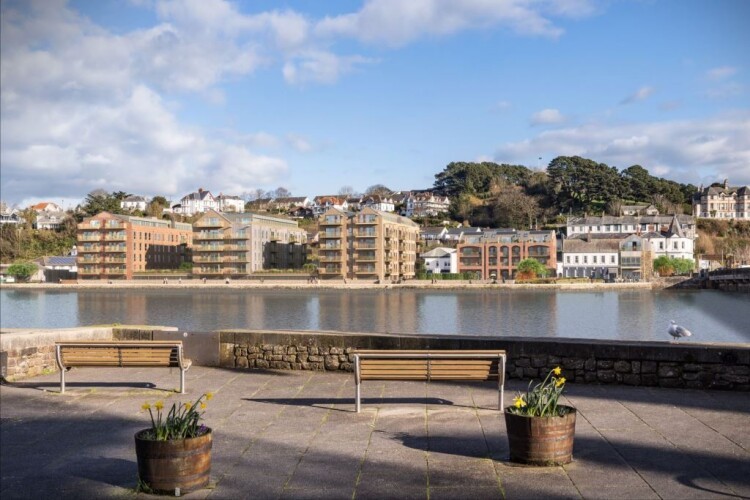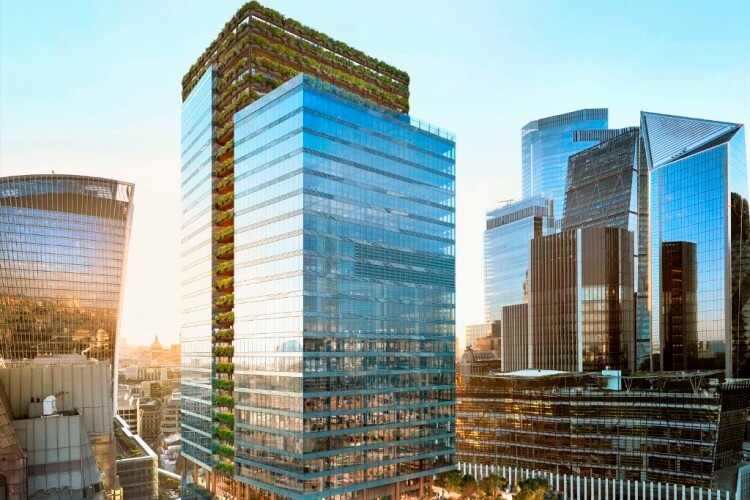SFG20, the industry standard for building maintenance, looks into the Building Safety Act and what it means for owners and maintenance teams Q1) Let’s refer to the Grenfell Tower Inquiry Phase Two report, which cites that there were flaws in the building’s Tenant Management Association. There was a huge backlog of maintenance work that it never managed to clear, poor repairs service, a persistent indifference to fire safety, no fire safety strategy was in place, despite advice in 2009, and their only fire assessor had invented some of his qualifications and was ill-qualified to carry out risk assessments. How widespread do you think these sorts of issues are? I think they are far more common than any of us wants to admit, and I don’t think that is supposition. If you think about the report that I did and the timing of it, the remit that I was given by the then Secretary of State was to look at the regulatory system that was in place and identify what had gone wrong. In less than 12 months, I was able to conclude that the regulatory system had failed, and as a result of that, poor practice was widespread. None of the specific findings associated with Grenfell that came out of the public inquiry should have come as a surprise to people, because I had identified six years before then that those things were happening, and they were happening far more widespread than just Grenfell. Grenfell was by no means a one-off, and neither was it just about cladding. Those poor practices in looking after the building and everything to do with that were clear to me from every conversation I had with people. People knew things were wrong, but I don’t think anyone knew quite how devastating the consequences of those failures and weaknesses in the overall system would be. I don’t think anyone had contemplated that it could be as bad as it was, and that 72 people would lose their lives. Q2) Do you think that the industry is doing enough to align itself with the Building Safety Act requirements? It’s a very mixed picture, and that means there’s good and bad. I see lots of examples of people who have embraced it and are doing the right things. I also see a lot of people who are still playing ostrich, if you like, and that comes in many forms, not least of which is, “I can’t do anything until the regulator tells me what to do. I need more detail.” Then there’s a lot of people, I think, in the middle who know they need to do something. They’re very busy trying to do the right thing, but they don’t know where to turn to get help and advice, and some of that advice is leading them to do more than they need to, or do the wrong things, not prioritising the right things first. We’re not going quickly enough, and we need to take a breath and get some proportion back into the system. Q3) In what ways does the Building Safety Act and the associated regulation place greater responsibility on maintenance teams? I think the first thing to say is that it provides clarity of who is responsible. The first thing I was surprised by when I did my review was the extent to which people said, when I asked questions like, “Who’s responsible for this?” or “Who does that?”, people would say, “It’s not me, it’s them. I do my bit. But the problem is someone else.” And that, I think, is partly a function of the fragmentation of the whole construction sector and the way we contract out work, even in buildings that are in occupation. What’s clear is there’s been no proper line of responsibility and accountability in the past, and what we’ve put in place is exactly that. That doesn’t mean to say that simply because you’re the Principal Accountable Person, you carry all of the responsibility. Some of your responsibilities are to ensure that the people you employ are also people who are going to behave responsibly. And in fact, you know, the act is clear that there is a duty on everyone to behave responsibly in what they do, and that’s a direct parallel with the Health and Safety at Work Act. Q4) What should building owners be most concerned about, relating to compliance with the Building Safety Act? For me, that’s a list of things you’ve got to do in order, which seems fairly logical to me. The first is, what do you know about the building you’ve got. Because actually, for buildings that are already in occupation, one of the biggest challenges, of course, is that golden thread that I called for in all new buildings. People have been in the process now for months, if not years, of trying to build that golden thread out of pretty sparse information, because the discipline of providing that data was not commonplace, and so knowing what you’ve got is the starting point. Trying to fill those gaps to the best of your ability is the next, and then having the courage to go and look and find what problems there are. We’ve seen that in the case of how different companies have approached the whole flammable cladding issue. Some have been very proactive, and others have had to be really pushed to do it, and some of that is because they don’t know. Part of the problem is that they know or suspect that the cladding is not the end of the story by any means, and when they remove the cladding, they’re going to find other, more serious problems behind it. But the reality is, you need to know what you’ve got. It’s no good not looking, because when the regulator comes round to your building, they are going to expect you to have used your best endeavours to find out what you can about the building.
